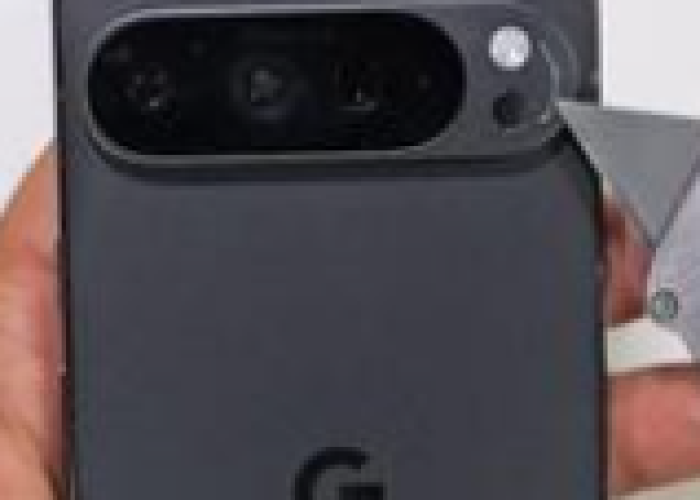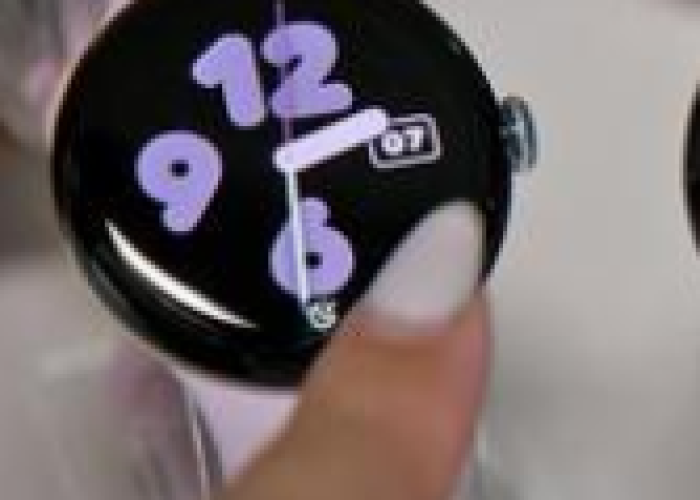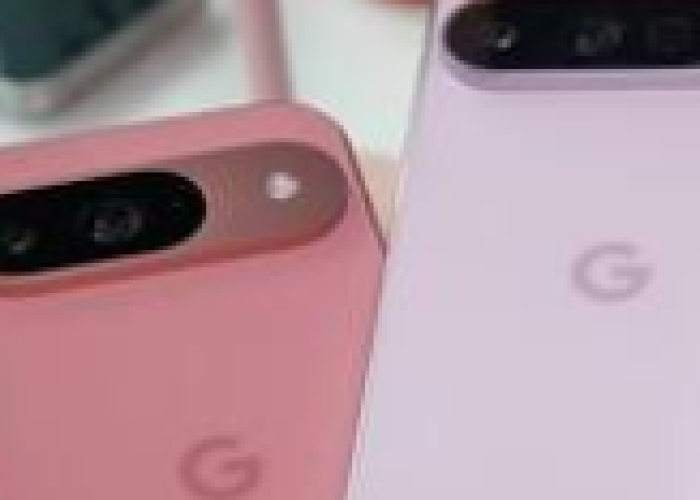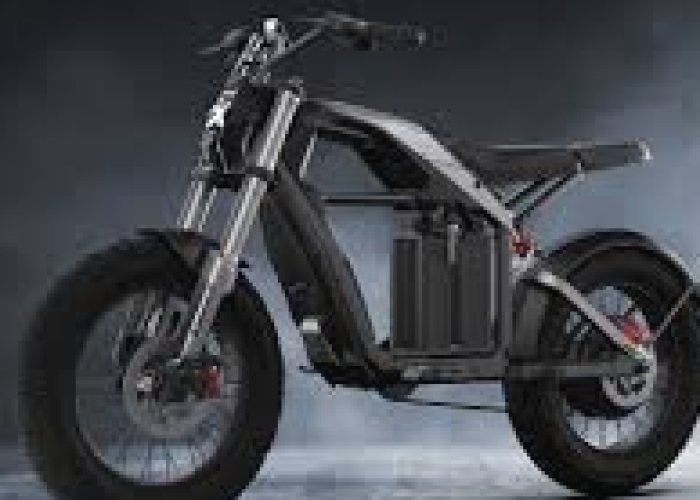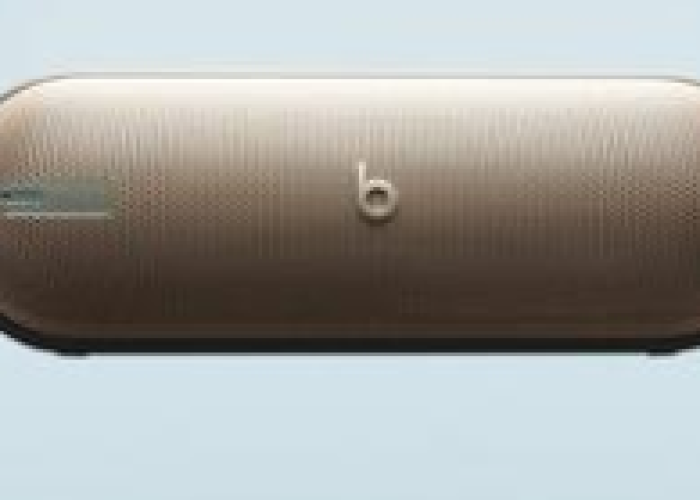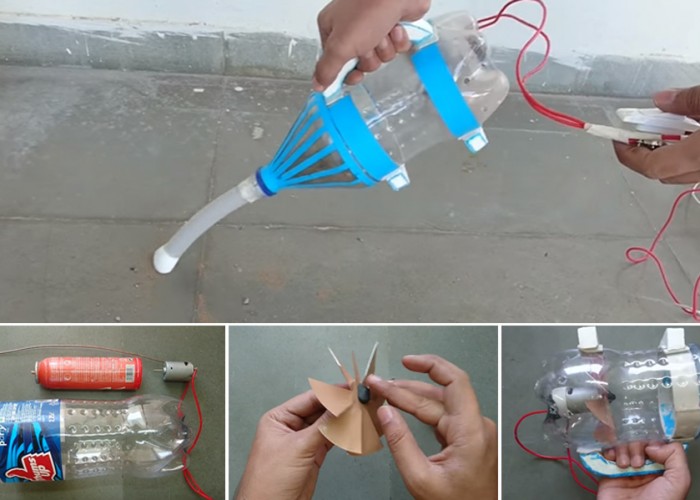Blackmagic Design has once again changed the game. No other company could have made this camera, and while it's not perfect, nothing else brings this much value to the table. At $1,300, the Pocket Cinema Camera 4K simply can't be beat.
MiniDV. Final Cut Pro. The Canon EOS 5D Mark II. In their time, each of these products changed the way we create digital video, repainting the canvas of the industry in broad strokes. Time and time again, the bar for entry to professional motion production has been lowered thanks to such revolutionary technologies. Today's film students have access to tools that yesterday's professionals only dreamt about, and it's only getting better.
But where Canon's success with the 5D Mark II as a video camera was largely a fluke, there's another manufacturer that has been working on the purposeful democratization of high-end video production: Blackmagic Design. Since its first Cinema Camera in 2012, the Australian company has continued to push costs down while blurring the lines between consumer and professional products. Its newest camera, the Blackmagic Pocket Cinema Camera 4K (or BMPCC 4K, for those in the know), is the latest example of this, bringing a staggering amount of value to the unbelievably low price of $1,300.
This is the cinema camera for the rest of us, but it remains very much a cinema camera. That is to say, it's specialized. Its size and price -- and use of the Micro Four Thirds mount -- will naturally draw comparisons to hybrid mirrorless cameras like the Panasonic GH5S, but these are not direct competitors. The BMPCC 4K is built for professional filmmaking workflows, and thus it may not suit the needs of the more casual user.
Still, Blackmagic Design has blended together excellent hardware, high quality filetypes, and a beautiful user interface that make this an attractive camera for a variety of video shooters, from students to working pros.
The BMPCC 4K continues Blackmagic Design's trend of making weird-looking cameras. It is excessively wide from left to right, but oddly short from front to back. It does not look like a movie camera. Pick it up, and it's surprisingly light thanks to its carbon fiber and plastic composite shell. There's a good size grip with access to control dials, function buttons, and the record button. On the side of the grip you'll find memory card slots for both SD and CFast 2.0 cards; the opposite side houses a USB-C port that can be used to connect a solid state drive (SSD), which the camera can record to directly.
Source:Youtube
- ប្រសិនបើលោកអ្នក ចង់បាន អត្ថបទទាំងនេះ សូមទាក់ទង មកលេខ 097 57 90000 / 070 57 9000 ឬតាមរយៈ អ៊ីមែល [email protected]

